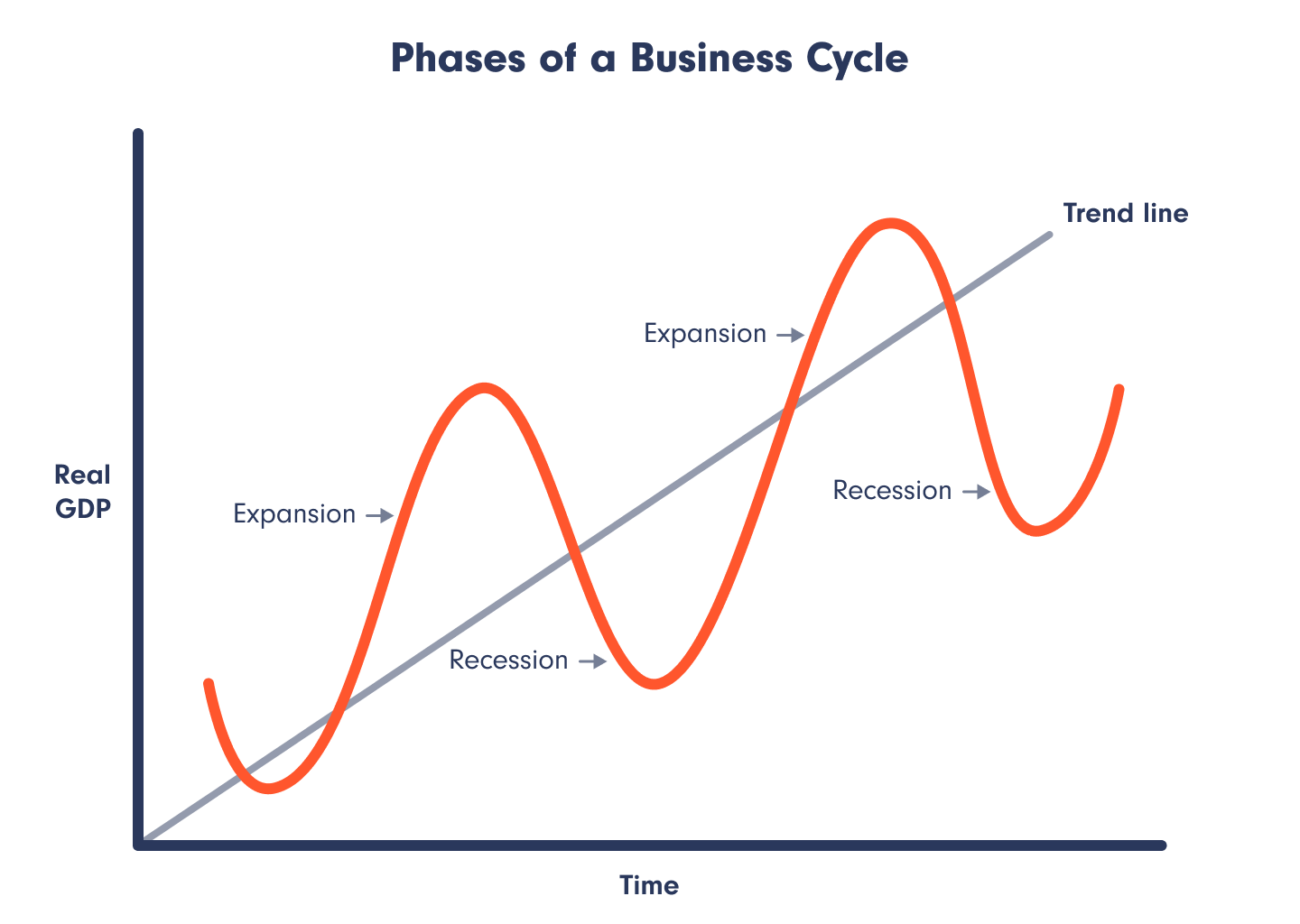An alternative to hire and fire in the tech sector

Kevin Smith
3 min read • 14 March 2023
The wave of recent layoffs at a number of tech giants has made some in the sector nervous. But are hire-and-fire cycles inevitable in the fast-paced world of tech, or is there a more strategic way to plan staffing levels that can benefit your business and your people?
Why was the tech community taken by surprise?
Listening to the big beasts of the tech world one gets the impression that they really didn’t see it all coming.
Take, for instance, Meta’s Mark Zuckerberg: “At the start of Covid, the world rapidly moved online and the surge of e-commerce led to outsized revenue growth. Many people predicted this would be a permanent acceleration that would continue even after the pandemic ended. I did too, so I made the decision to significantly increase our investments. Unfortunately, this did not play out the way I expected.”
And here’s Sundar Pichai at Alphabet: “Over the past two years we’ve seen periods of dramatic growth. To match and fuel that growth, we hired for a different economic reality than the one we face today.”
Or Marc Benioff from Salesforce, who told employees during a two-hour call that 7,000 of them would be looking for work: “As our revenue accelerated through the pandemic, we hired too many people leading into this economic downturn we’re now facing, and I take responsibility for that.”
Tech companies weren’t the only ones to have been caught out – take Peloton for instance – but what they have in common appears to have been to think that the world of the pandemic was the new normal, when most people were desperate to return to the best bits of the old normal.
It simply underscores how difficult it is to predict the future, even for people often touted as some of the world’s greatest business minds.
But what’s surprising is copycat layoffs at tech companies that didn’t bet on pandemic trends. Even those that hadn’t hired wildly for a future that never arrived still seem to be trying to pre-empt challenges, such as a possible downturn, that may never arise, or may not be as pronounced as feared.
The costs of cutting head count
Sometimes laying off staff is essential; the survival of the business and the security of the remaining jobs can rest on it. However sometimes it seems to be a largely reactive cost-cutting exercise that focuses on immediate overheads but ignores the underlying impact.
Layoffs are not cost-free. Redundancy payments aside, layoffs often have a real impact on staff morale; the fraction of the staff left behind are often expected to handle 100% of the work – but seeing friends and colleagues lose their jobs fosters an atmosphere of insecurity and risks undermining trust. This can have a profound knock-on effect on productivity. It also risks losing the accumulated pool of knowledge on which businesses rely. We’re all watching events at Twitter with interest.
It can also have an impact on recruitment. Hire-and-fire cycles are quite common in the technology sector. They also leave their mark all over the web. It has become standard practice for would-be candidates to check out employee reviews of companies on sites like Glassdoor. A quick read through is generally all it takes to find out whether companies have their employees’ backs. In an upturn bad reviews are often all it takes to choke off the supply of good candidates.
Plotting a better recruitment strategy
So, is there a better way? I’d suggest that there is – and it involves taking both a longer view and a more flexible approach. The chart below illustrates the situation quite nicely.

Every business experiences peaks and troughs of activity within a longer cycle. Sometimes these are quite specific to the individual business; projects begin and end, activity rises and falls.
If you’re seeking to provide a secure and stable working environment, you need to decide what level of demand you want your permanent team to be able to meet. If you hire to meet the peaks then you’re going to have to accept that there are times when you’re going to be paying people for not being immediately productive. If your hiring is guided by the troughs, you’re going to have to scale up during periods of peak demand. If you chart a middle path there will be both fallow periods and periods when you need to draw in additional resources.
Making positive use of excess capacity – and finding flexible solutions when you need more resource
Some companies use times of low demand for R&D and encourage colleagues to focus on personal projects that might bear valuable fruit. If yours is an organisation that has the resources to support this approach it can have tangible benefits for both innovation and morale.
And if you need additional resources that is, of course, where the likes of Dootrix come in. Our bread and butter is helping companies scale up capacity for projects. We act as an additional in-house team when you need us, and we disappear when you don’t. We build long-term relationships so you don’t feel like you’re starting from scratch every time. And, when you do decide to make permanent hires, our clients often draw on our expertise to help them recruit the right people.
Certainly, with the possible exception of the really big tech players, it’s often the organisations that get the people things right that fare best. It’s worth remembering that behind all the 0s and 1s, is a lot of O- and AB+.

Kevin Smith


.png)